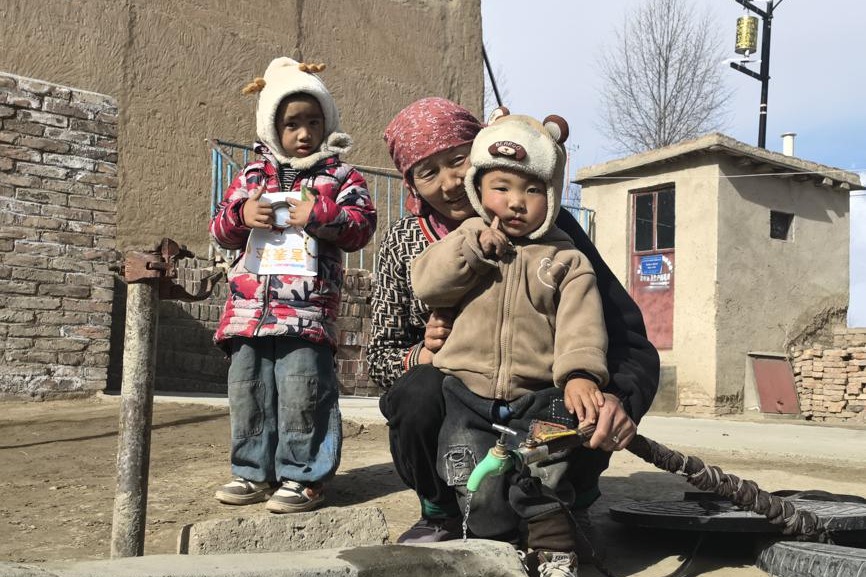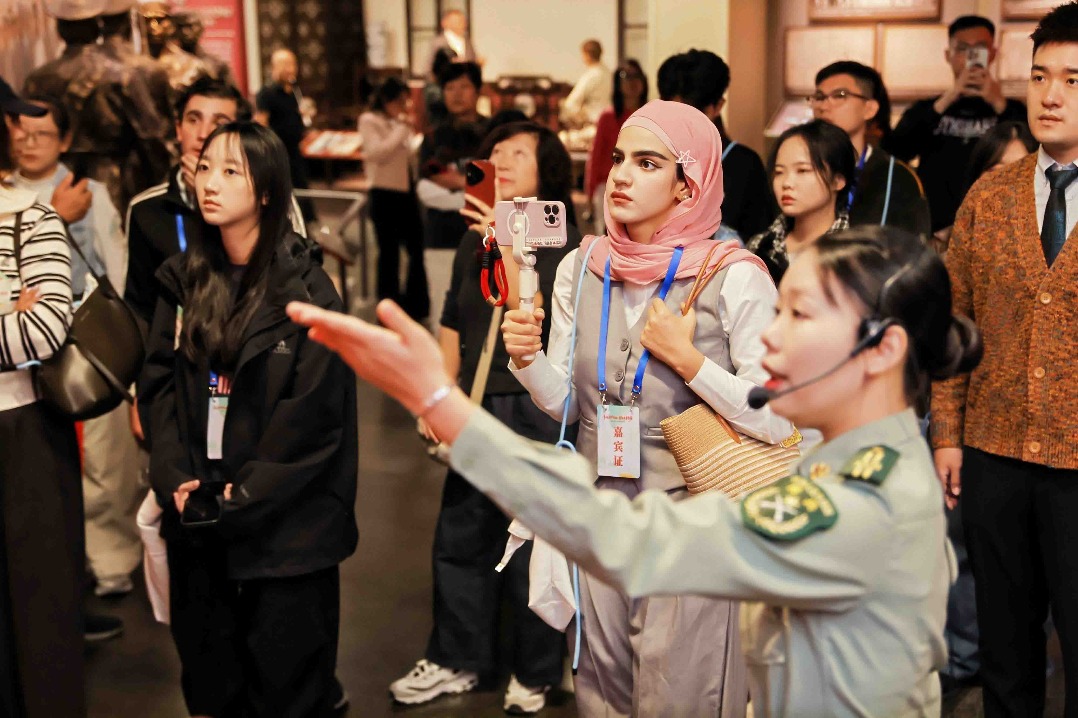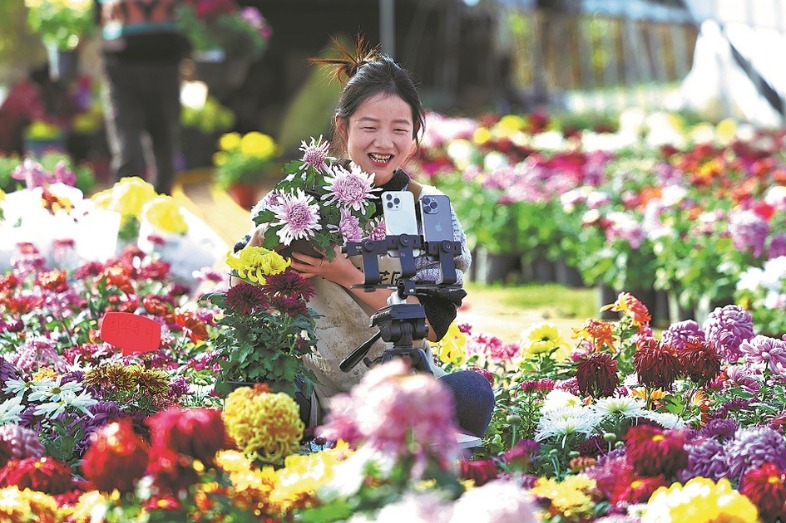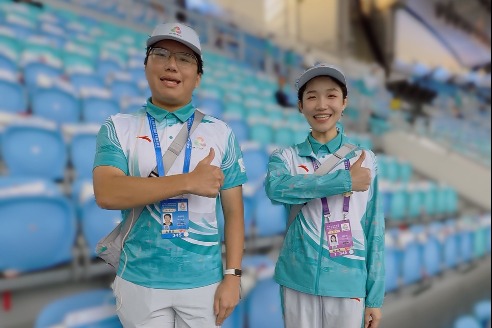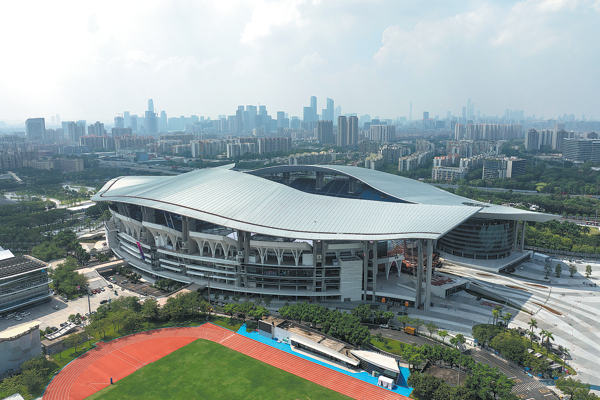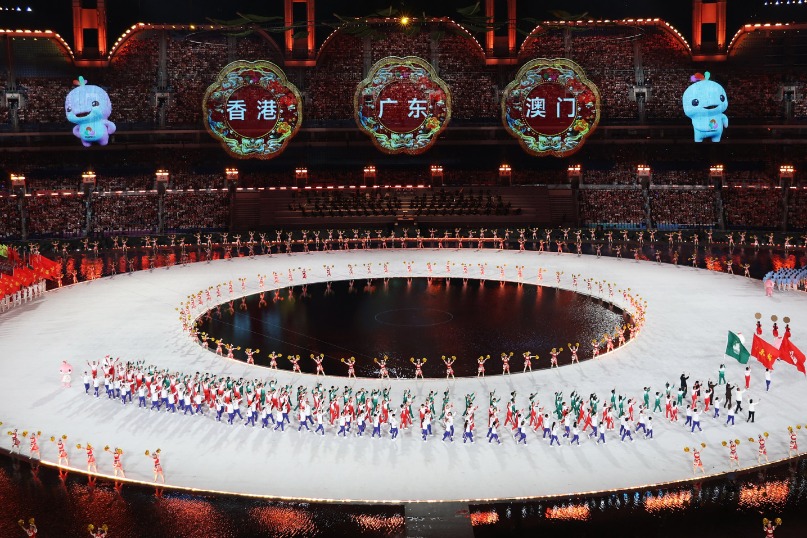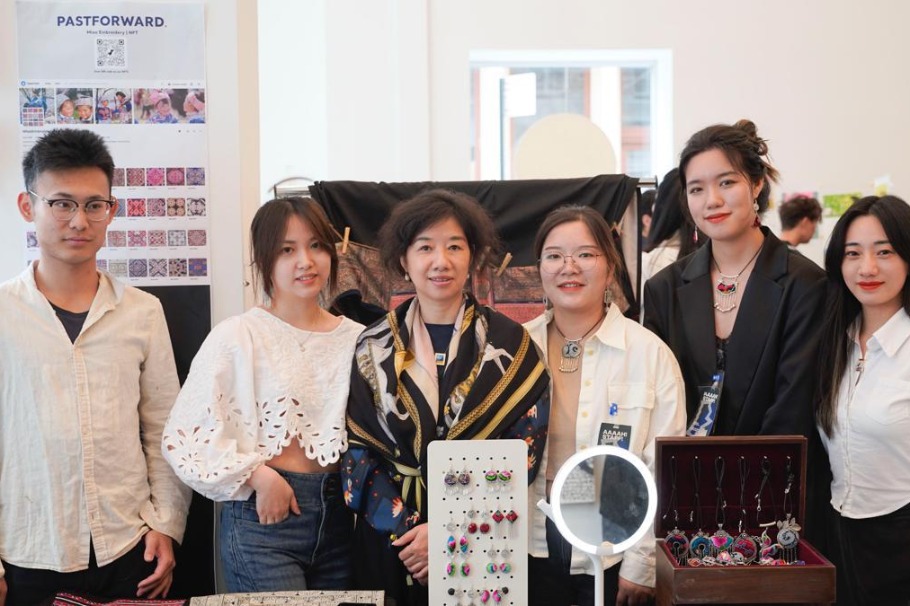Metal figurines discovered in museum housing Terracotta Warriors

XI'AN -- Several potteries, bronze wares, as well as human and animal figurines made of gold, silver and bronze, have been unearthed in Pit No 1 of the iconic museum housing Terracotta Warriors in Northwest China's Shaanxi province.
Excavation work in Pit No 1 and its surrounding burial pits started in 2013, according to the Emperor Qinshihuang's Mausoleum Site Museum.
Pit No 1 has three burial pits holding horse and chariot, where a set of 15 chime bells, human figurines made of metal, featuring vivid acrobatic feats, and animal statues have been discovered. The relics indicate the distinguished and high-ranking status of the tomb owner, said the museum.
As of now, the archaeologists have restored antiquities such as gold and silver camels, dancing figurines made of gold, a jade tripod and a silver hound dog.
Discovered in 1974, the army of Terracotta Warriors was built by Emperor Qinshihuang of the Qin Dynasty (221 BC-207 BC), who unified China for the first time.
Pit No 1, the largest burial pit excavated so far, covers an area of 14,260 square meters. According to the arrangement of the army, more than 6,000 terracotta warriors and horses could be unearthed in the pit after full excavation.
- China, CELAC vow to broaden education collaboration
- Sichuan amphibious ship returns after maiden sea trial
- Justice on horseback: bringing the court to Xinjiang's herders
- China issues alert on overseas study in Japan
- Chinese scientists discover lunar rust, revealing new oxidation process on the moon
- China's major airlines offer refunds and rebooking for Japan-bound passengers amid security alert
















